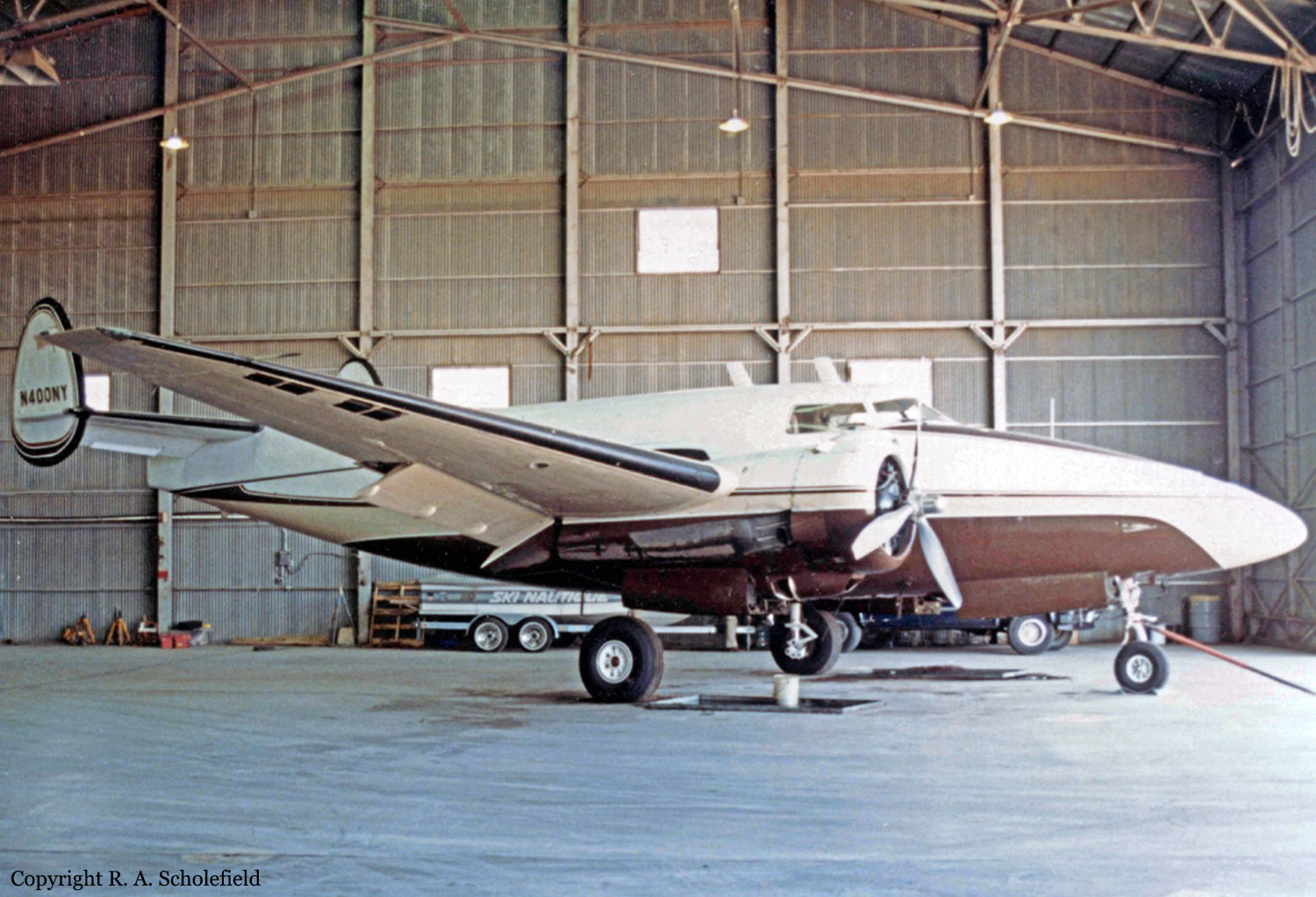Crash of a BAe 3101 Jetstream 31 in Dallas
Date & Time:
Mar 25, 1988 at 0830 LT
Registration:
N411AE
Survivors:
Yes
Schedule:
Wichita Falls - Dallas
MSN:
671
YOM:
1985
Crew on board:
2
Crew fatalities:
Pax on board:
0
Pax fatalities:
Other fatalities:
Total fatalities:
0
Captain / Total hours on type:
2100.00
Aircraft flight hours:
4475
Circumstances:
The copilot was flying the aircraft as it was being ferried after minor maintenance. As they were in a descent and were approaching the destination airport, the captain noted a left engine torque fluctuation of 20% to 30% and elected to secure the engine, although no yawing was noticed. During shutdown, the left propeller did not feather and drag increased until the aircraft would not sustain level flight. An attempted restart of the left engine was unsuccessful, so the captain tried to feather it again. However, the left propeller still did not feather. Subsequently, the pilots were forced to land in an open field on uneven terrain and the aircraft was damaged. An extensive investigation was made, but no cause could be found for the torque fluctuation, nor could the condition be duplicated, however, the investigation did note that the air and ground procedures for engine shutdown were similar. A variation in the ground shutdown procedures allowed for engagement of the start latches.
Probable cause:
Airplane's encounter with rought terrain during an attempted forced landing. The forced landing was necessitated after the captain used improper procedures to shutdown the left engine in flight following an unexplained torque fluctuation.
Final Report:




